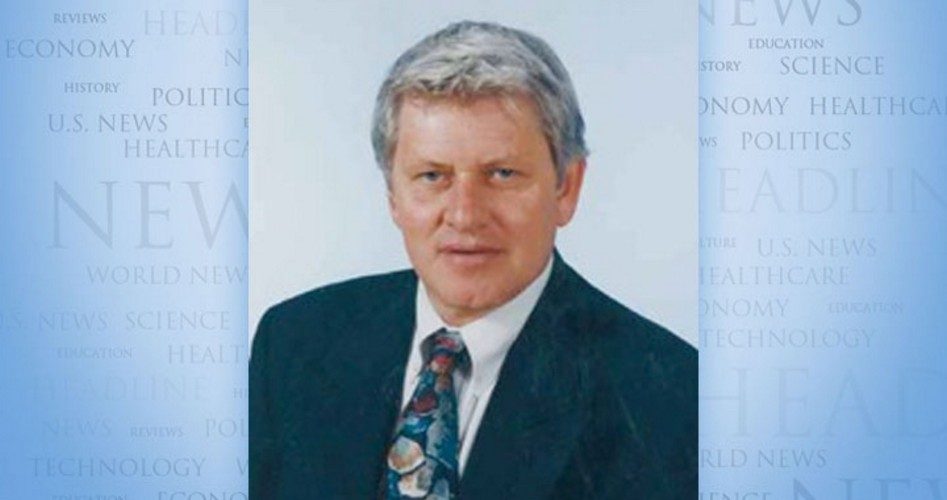
Testifying on October 30 before the House Energy and Commerce Committee, Health and Human Services Secretary Kathleen Sebelius said the cost to date of the federal government’s malfunctioning HealthCare.gov website is $174 million — “about $118 million on the website itself and about $56 million has been expended on other IT to support the web.”
And it still didn’t work, and still doesn’t. The big news during the morning as Secretary Sebelius was heading over to the Congressional hearing was that the repeatedly bombing website was conked-out yet again. Throughout the 3 ½ hour hearing, the HealthCare.gov registration page was inaccessible.
Secretary Sebelius told the House committee that the website would be all fixed by November 30, but she also believed the website’s contractors and was convinced that the HealthCare.gov website was all ready-to-go for its promised October 1 launch date.
The poorly-named Patient Protection and Affordable Care Act passed the Senate on December 24, 2009, passed the House on March 21, 2010, and was signed into law by President Obama on March 23, 2010, so here we are three years and seven months later — and $174 million more in the hole — and the registration page of the HealthCare.gov website still doesn’t open.
The three years and seven months from the signing of the Patient Protection and Affordable Care Act to today’ failing website is just two months short of the total time it took the United States to get up off the floor after Pearl Harbor, transform a peacetime economy into a winning war machine, and achieve an unconditional surrender from Japan.
The attack on Pearl Harbor, bringing the United States into World War II, was on December 7, 1941. The Japanese signed the Japanese Instrument of Surrender on the deck of the USS Missouri in Tokyo Bay, formally ending World War II, on September 2, 1945.
Germany unconditionally surrendered four months earlier in Reims, France, on May 7, 1945, three years and five months following the attack on Pearl Harbor — less time than it’s taken the Obama administration to get the HealthCare.gov website up and scarcely operational.
Bottom line, we’d all be now eating beer-simmered bratwurst and bite-sized balls of vinegared rice if the U.S. government in the 1940s was as useless and inept as today’s federal government.
The other big news on the morning of the testimony by Secretary Sebelius before the House was the accusation, out of Italy, that the United States had bugged the new pope’s phone.
Panorama, an Italian news magazine, reported that the National Security Agency had monitored phone calls at a residence in Rome where then Archbishop Jorge Mario Bergoglio, the future Pope Francis, was staying before and during the Vatican conclave, the secret election process that selected Bergoglio as pontiff.
The NSA reportedly sought to ascertain Bergoglio’s ideas regarding “foreign policy objectives,” “human rights,” “threats to the financial system,” and “leadership intensions.”
NSA spokeswoman Vanee Vines said it was “not true” that the agency had targeted Bergoglio.
Reported the Los Angeles Times, “According to documents released by WikiLeaks, the U.S. Embassy to the Vatican was tracking Bergoglio in 2005, naming him as a favorite to become pope.”
President Obama will most likely say he knows nothing about the tapping of Vatican phones and prospective popes, just as he allegedly knew nothing the tapping of Angela Merkel’s mobile phone, nothing about gun-running to cocaine gangs via Fast and Furious, nothing about the IRS targeting Tea Party groups to delay their tax-exempt status prior to the 2012 election, nothing about Benghazi, nothing about monitoring the electronic communications of tens of millions of people in Spain and France, nothing about snooping on allied leaders, nothing about the flawed Obamacare website, nothing about anything.
Ralph R. Reiland is an associate professor of economics at Robert Morris University in Pittsburgh.


